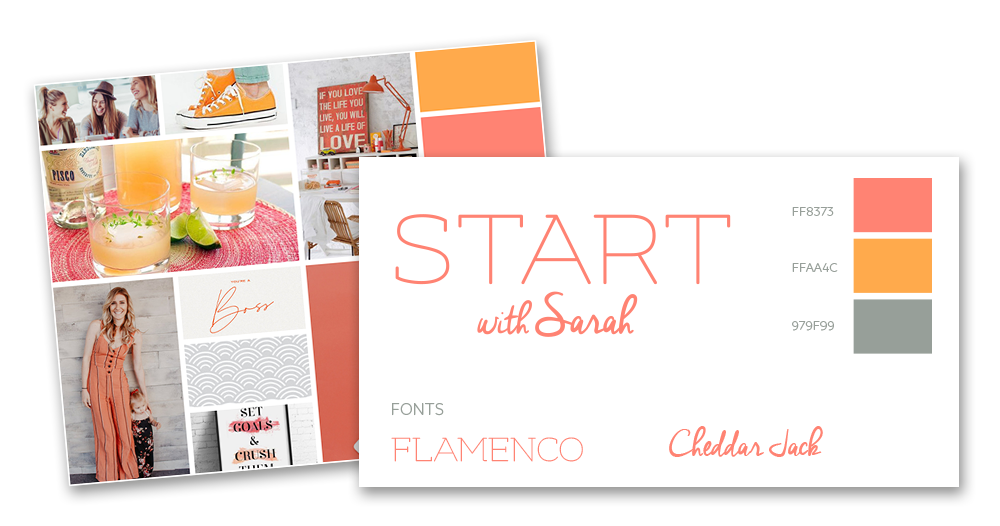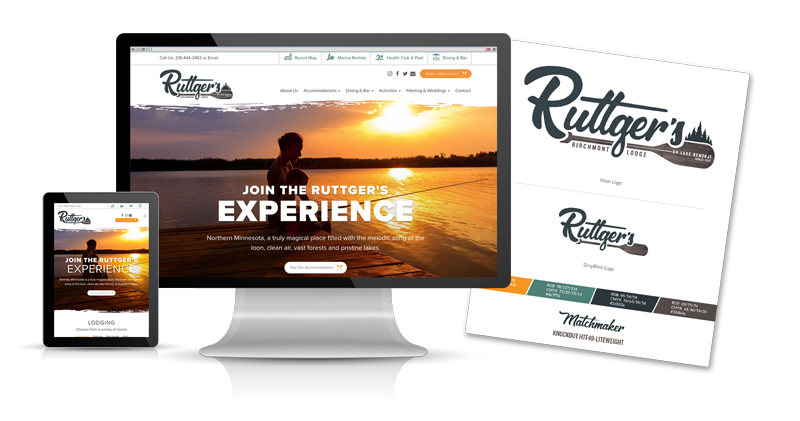Your business needs a solid foundation to be successful.
Branding Process
Evolve Creative has been creating effective brands since 2004.
Why is branding such a big deal and why should I invest in it?
- If done right, your brand will sell your product or service for you because it speaks directly to your customers.
- Your brand identity and "voice" should instill a certain emotion or reaction from your customers.
- An effective brand identity is one that your customers associate with a high level of credibility and quality.
- To create proper brand identity, designers need to dig deep into the details about your business goals, target audience, brand voice and market research.

Step 1:
Business Goals & Brand Personality
Before starting the branding process you need to know the general direction you want to go in. For example, who are you targeting? What is your mission? What does your customer need? How do you solve your customers problem? What is the voice of your brand? If you know the answers to all of these, great! If not...we can help by doing a strategy session.
The strategy session helps develop a personality for your brand and a base foundation in which to begin the logo process. You need to start thinking about your brands' values from the beginning. Why? Because your brand needs a clear direction in which to go. Remember this is a process – the goals can be modified during the creative process but it’s important to have a basic direction.

Step 2:
Market and Customer Research
Research is key! We look at the current market and your potential competitors. It’s good to learn from another business's experience, i.e. what is your competitor doing right or what are they missing?
Having the necessary demographics and market research allows us to create a unique and efficient logo & brand identity that will make you stand out from your competition.
Designers and clients’ preferences should step aside to the needs of the target audience. This cannot be stressed enough. We understand it can be very difficult for companies & owners to trust in a design style they are not attracted too, but trusting in the design team and market research is key to your brands success. A brand needs to make a good impression on its potential customers to gain their trust. Make sure your target audience is always the priority.
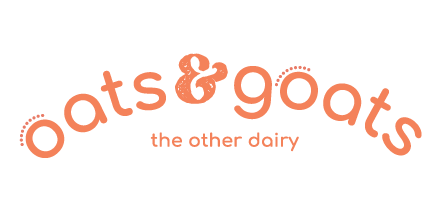
Step 3:
Logo Design
People often mistake a logo for a brand, but it's only one piece of the branding process. It's the visual mark of brand identity, the most prominent and the symbol that connects you with your target audience.
An important item to consider before you start your logo design includes exploring competitor logos. Avoiding unnecessary similarities with other logos in the market will make your logo original.
When all the core information is gathered, we move to a more artistic stage — the creative process. At this stage we develop several logo concepts and style-scapes. We will help you choose a style direction, fonts, imagery and color palette that work best for your company. A well-thought out logo is worth your time and investment.

Step 4:
Visual Brand Elements
Logo design is not the only visual representation of a brand. Using consistent colors, patterns, typography style or supporting graphics, help your customers recognize your brand.
We often look for ways to personalizing your brand. Supporting graphics or patterns are a great way to create a symbolic way for people to recognize your brand. They can be created as a part of a logo or exist as an individual brand element.
Another visual element responsible for brand identity is the typography of your brand. Many logos are created via typography or contain fonts in it... but typography doesn’t end here. Banners, business cards, basically anything that a company develops should involve brand identity. Using consistent fonts that support your brand are important to create unity and instant brand recognition.
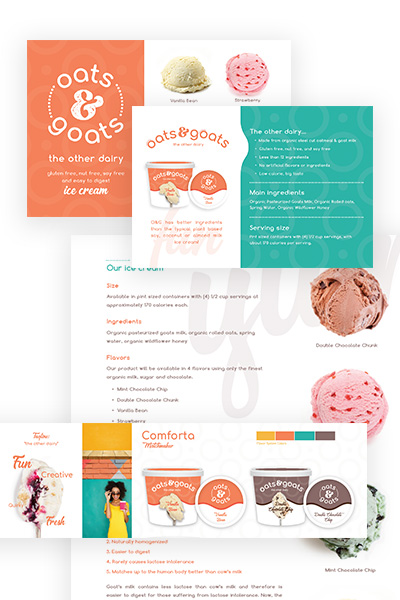
Step 5:
Corporate Brand Style
When the logo is ready, the color palette is chosen, and other visual elements are prepared, it’s time to utilize them in a corporate style. There are some common brand items which are used by different companies:
Business card. Today it’s a must-have item in business communication so it’s vital to make sure a business card represents your brand properly.
Sales booklets and mail collateral. Creating branding material that lists your services or product details is very important. Having a professional print handout allows you to show future customers what you can offer them.
T-shirt and hats. Clothes with your branding brings team spirit into a company and puts your brand front and center to potential customers. Branded T-shirts and hats can be a good alternative to a uniform if it’s required or they can be used as presents.
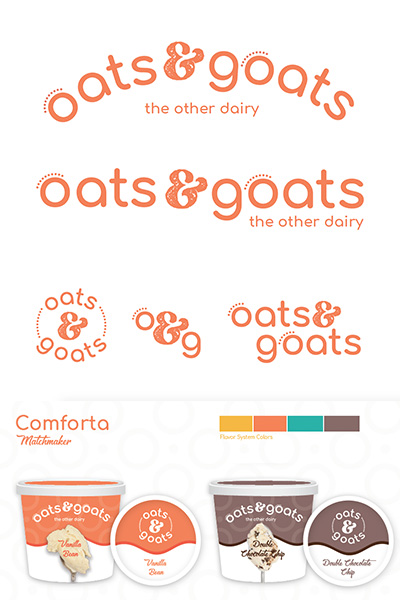
Step 6:
Style Guide
What is a style guide? A style guide shows you the "do's" and "don'ts" on how to use your new logo and brand. We provide a style guide to all of our branding clients to ensure all of the assets will be used properly.
Traditionally, a style guide includes the color palette, font choices, correct and incorrect ways to use your logo, and any supporting design materials or graphics.
As you can see branding is a complex process. Each step should be well-thought out, based on the needs of the target audience and business goals. Just because a logo looks good, does not mean it will be effective with your particular target market.
And remember you are developing a brand for your target demographic, not yourself, so make sure the style and voice of your customer comes first.
Don't miss out on our tips!
Submit your email to receive the latest tips & tricks to help your business succeed!
